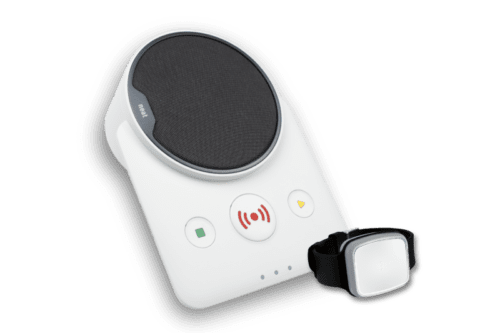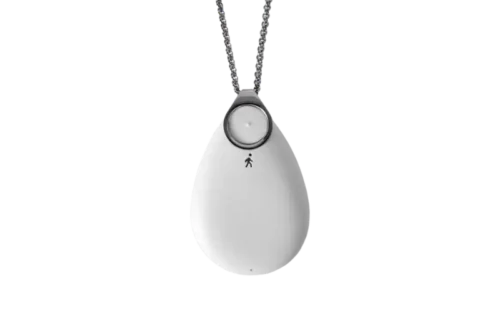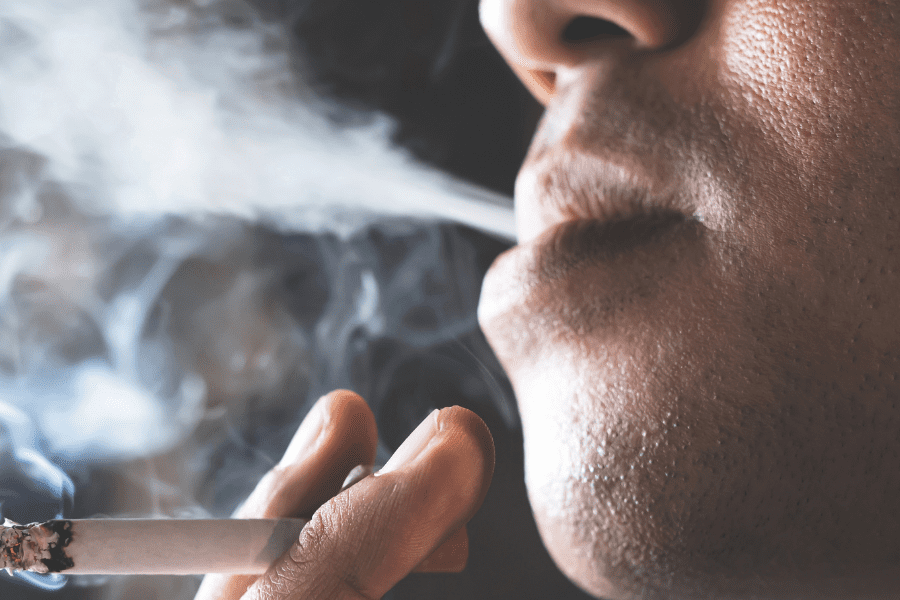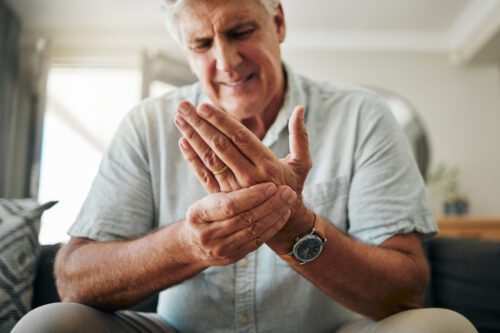In the U.K., it is estimated that 1.2 million people live with COPD every year. This is according to The British Lung Foundation. In addition, it is the second most common lung disease in the U.K. behind Asthma. With such a high prevalence in the U.K., it is useful to know what COPD is, how it works, and how to treat and manage this disease.
COPD stands for Chronic Obstructive Pulmonary Disease. This disease makes breathing difficult due to constricted airway passages inside the lung, gradually getting worse over time. COPD causes coughing with copious amounts of mucus, shortness of breath, wheezing, chest tightness, and other symptoms that make everyday difficult.
Symptoms
COPD begins with increased coughing and, as time passes, more phlegm. You may feel tightness in your chest. You may experience coughing that wakes you from sleep. As a result, you may feel tired when you wake up, and you may experience shortness of breath when going up steep inclines such as hills or stairs.
As COPD progresses, lung function slowly worsens until there is a crisis of symptoms that increases damage to the lungs. Doctors monitor COPD patients by following their symptoms, performing pulmonary function tests, and treating diabetes and heart disease, which are diseases associated with COPD.
The severity of COPD is graded using a system called GOLD, which stands for the Global Initiative for Chronic Obstructive Lung Disease. There are four stages of COPD:
1. Grade 1, mild
2. Grade 2, moderate
3. Grade 3, severe
4. Grade 4, very severe
The GOLD grading system is performed using spirometry, the main instrument for assessing the severity of COPD. Spirometry looks at the following four measures of lung function.
- The amount of air someone can expel strenuously after a deep breath is taken. This is known as forced vital capacity (FVC).
- The amount of air someone can expel strenuously within one second, known as forced expiratory volume in one second (FEV1).
- The percentage of air that remains in the lungs after fully expelling a breath. This is known as the FEV1 to FVC ratio.
- The total amount of air in the lungs. This is known as the total lung capacity (TLC).
These four criteria indicate how much damage the lungs have sustained and what the best ways are to improve your condition over the long term.
Causes
The main cause of COPD is cigarette smoking. The majority of patients with COPD are smokers with a history of smoking throughout their lives. It should also be noted that 25 percent of COPD sufferers have never smoked. The cause of COPD among non-smokers is attributed to prolonged exposure to chemical fumes, polluted air, and dust. COPD can also be caused by a very rare genetic condition called alpha-1 antitrypsin (AAT) deficiency.
Because of COPD, its sufferers take longer to perform activities of daily living. For example, cleaning a house can take three days to accomplish for an individual with COPD where it once took only one day. They are unable to perform activities that are too strenuous, and may need to take frequent breaks while performing activities that can cause shortness of breath. Someone trying to clean a house may have to stop and lie down often while performing the task.
How to Manage Chronic Obstructive Pulmonary Disease (COPD)
COPD patients must avoid strenuous activities such as mowing the lawn, walking long distances, having long conversations, and laughing excessively. As well as sports and hobbies such as running, hiking, tennis, and any other activity that makes breathing difficult. They must also slow down the pace of their activities and avoid rushing around. They must not be in a hurry to accomplish activities that require walking, running or that must be performed in short periods of time.
It is extremely important for COPD patients to do things slowly and take frequent rest periods between activities. Strenuous activities must be replaced with passive activities such as reading and performing hobbies that can be done sitting down. Ultimately, those who struggle with COPD must lead a more sedentary lifestyle and require a lot of time to relax and ease their breathing.
COPD is treated with inhalers such as Advair and Spiriva on a daily basis. These medications are prescribed by a doctor. They open up the airways in the lung and make it easier for patients to breathe. Patients must also avoid contracting infections, as this can worsen their condition and require hospitalization.
The most significant thing that people can do to avoid COPD is not to smoke or to quit smoking if it has become a habit. Many COPD sufferers have stated that they were advised to quit smoking many times, but ignored the advice, which is something they regret.
In 2017, Helen, a COPD sufferer in her 70s, stated, “I do just about everything that I used to do, but it takes me a week, not two days. I had to stop mowing my yard, stop raking. These were things that I always did before. Everything just takes me four times as long as it used to before, and it’s getting progressively worse. As I get older, things get worse. Your lungs get worse because there’s no cure. You can only maintain COPD for so long, after which there isn’t anything more that can be done to resolve it. You’re just not breathing.”
Helen attended a class, and in the class, she had lengthy discussions with her classmates. She answered questions as well. These activities prevented Helen from thoroughly enjoying the class as she would have liked because of her COPD. If she had talked for too long, or laughed too much, she would have lost her voice and would be unable to participate in class discussions.
“For patients with COPD that is very far advanced, they can go through pulmonary treatment through rehabilitation,” says pulmonologist Sandhya Khurana, MD, of New York’s University of Rochester Medical Centre. “We put the most emphasis on improving a patient’s quality of life, reducing the incidence of shortness of breath, and increasing tolerance to exercise. Pulmonary rehab improves the outcome for COPD patients.”
There is no cure for COPD. It is a disease that requires coping strategies to get by every day. This disease gets worse over time, but it can be treated with inhaler medications to open the air passages in the lungs. Patients must learn to cope with their disease over time and make adjustments in their lives to avoid developing infections and strenuous breathing.
Thank you for reading this article. We hope you find it helpful. For more information like this, please visit our blog.










